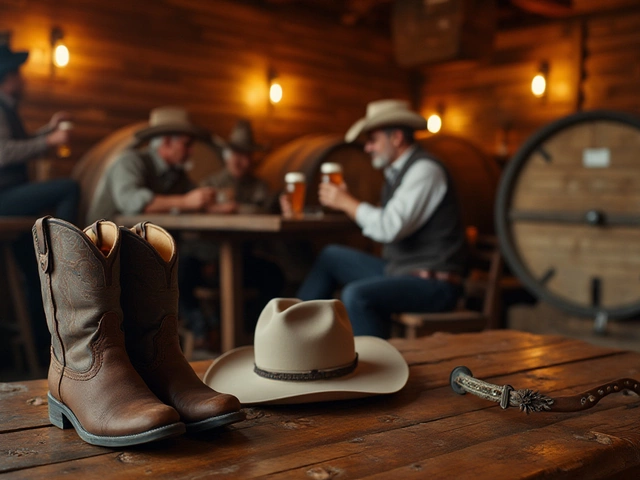Global Spirits: A Quick Guide to the World's Most Famous Distilled Drinks
Ever wondered why a Japanese whisky can taste so different from a Cuban rum? The answer lies in where the spirit was born, the ingredients used, and the way it’s made. This page gives you the basics you need to start exploring spirits from every corner of the globe.
Where Do Spirits Come From?
All spirits start with a simple idea: ferment a sugary liquid and then heat it to separate the alcohol. That heating step, called distillation, concentrates the booze and creates the clean, strong base for everything from gin to baijiu. The oldest known spirit dates back to ancient Mesopotamia, where people first discovered that heating fermented dates produced a fiery drink.
From there, each region added its own twist. Europe gave us whisky, brandy, and gin – each defined by local grains, grapes, or botanicals. The Americas turned sugarcane into rum and agave into tequila and mezcal. In Asia, rice and wheat became the base for soju, shochu, and the incredibly strong baijiu. Africa’s palm sap and millet produced arak and other traditional spirits, while the Middle East refined anise‑flavored arak.
Tasting and Enjoying Global Spirits
Getting the most out of any spirit is easy if you follow four steps: look, swirl, sniff, sip. Hold the glass up to light – a clear spirit means it’s filtered, while a golden hue hints at aging. Swirl gently to release aromas, then take a short sniff to pick up fruit, spice, or wood notes. Finally, take a small sip and let it coat your tongue. Notice the initial flavor, the middle body, and the finish.
Pairing doesn’t have to be fancy. A light Japanese whisky works great with sushi or a simple smoked salmon. Dark Caribbean rum shines with grilled pineapple or dark chocolate. A crisp gin pairs nicely with citrus‑y salads, while a robust Mexican mezcal feels at home with grilled corn and a squeeze of lime.
Store spirits upright in a cool, dark place. Unlike wine, they don’t need a cellar, but keep the bottle sealed to avoid oxidation. If you open a bottle and don’t finish it within a few months, consider transferring it to a smaller container to limit air exposure.
Now you’ve got the rundown: where spirits started, the major types you’ll meet, how to taste them, and simple ways to enjoy them. Grab a bottle you’ve never tried, follow the tasting steps, and you’ll discover a whole new world of flavors without leaving your kitchen.
Everyone thinks vodka and whiskey rule the world, but the true champion in the spirits game is something you might not even have heard of: baijiu. This article uncovers how baijiu, a Chinese spirit, blows its competition out of the water in terms of sales and how culture and tradition play a big role. Get the lowdown on what makes a spirit popular worldwide, what baijiu actually tastes like, and surprising trends you’ll want to know before your next tasting event. Whether you’re a curious sipper or a seasoned taster, you’ll find tips for experiencing the most drank spirit first-hand.
View Details

